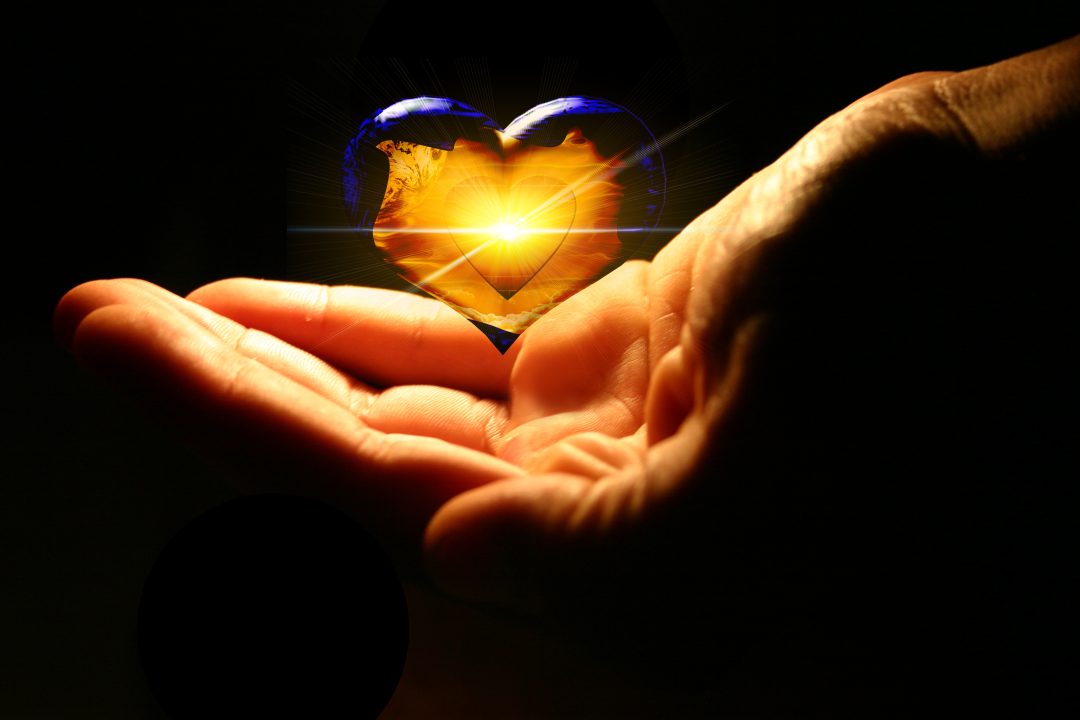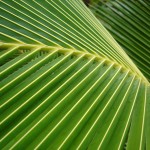Pranayama is derived from the Sanskrit words prana which means life energy and ayama which is defined intensity,
expansion, breadth, elevation. In short, it is the expansion or increase of bio-energy. Pranayama assigns techniques that
are constant of a respiratory nature and behavior to the intensification or extension of prana in the body.
Yoga has made prana the general name for any form of energy that exists biologically. It is theoretically defined as
the energy of a solar source, but also probably exposed after metabolization or the process of food, air and water
absorption. The generic description of prana can be broken into 5 more specific types: apana, samana, udana, vyana,
other than prana itself. These categories can be divided further into diverse subpranas.
Prana bears visibility. Pranayama is best done during a sunny day where you should focus your eyes on the blue portion
of the sky. Wait. Once your vision regulates itself, you will start to see numerous of amazingly active and bright little
points that flicker, making their rapid spherical and twisting movements visible. When performing your respiratory
exercises, visualize that you are taking in such picture of energy.
The yogi respiration should be quiet, complete and nasal, except when advised otherwise. It should be accomplished
with the full involvement of the abdominal, thoracic and intercostal muscles, promoting a more efficient use of one’s
lung capability. If breathing is to be executed using the mouth, whether its inhalation or exhalation, or if must create
some noise, this will be clear in the explanation of the exercise. Thus, it should be unmistakable that when instructed to
perform pranayama that is not nasal, quiet or inclusive, they are to be considered as exceptions.
Pranayama has different phases of respiration. It involves puraka (inspiration), kumbhaka (air retention), rechaka
(expiration), and shunyaka (without air retention). Puraka focuses on controlling the intake of air, maintaining its
smoothness and efficiency. Antara kumbhaka concentrates on giving control to preservation of air within the lungs after
inspiration. Recaka emphasizes the control on expelling of utilized air and waste from the lungs. And finally, shunyaka
centers on controlling the retention of unfilled lungs following an exhalation.






